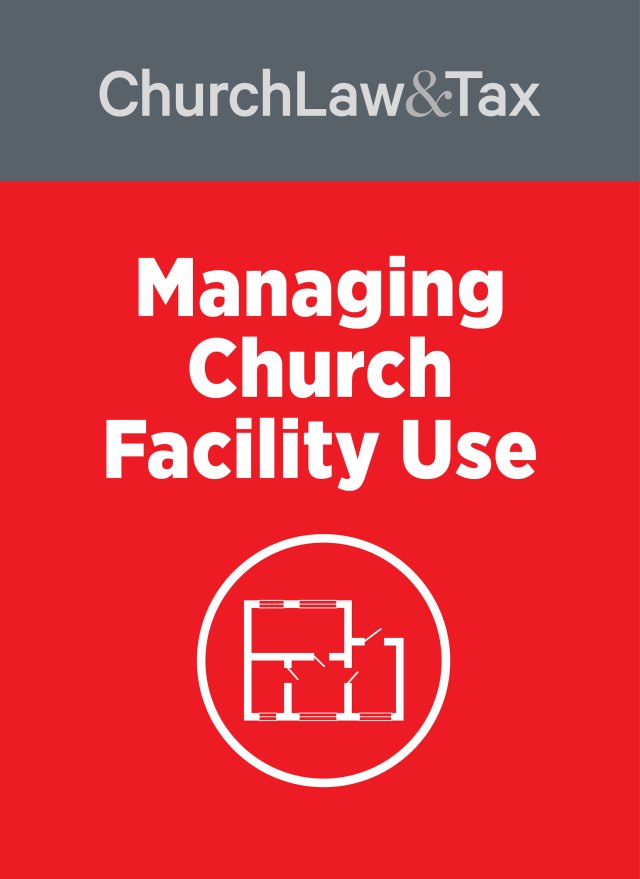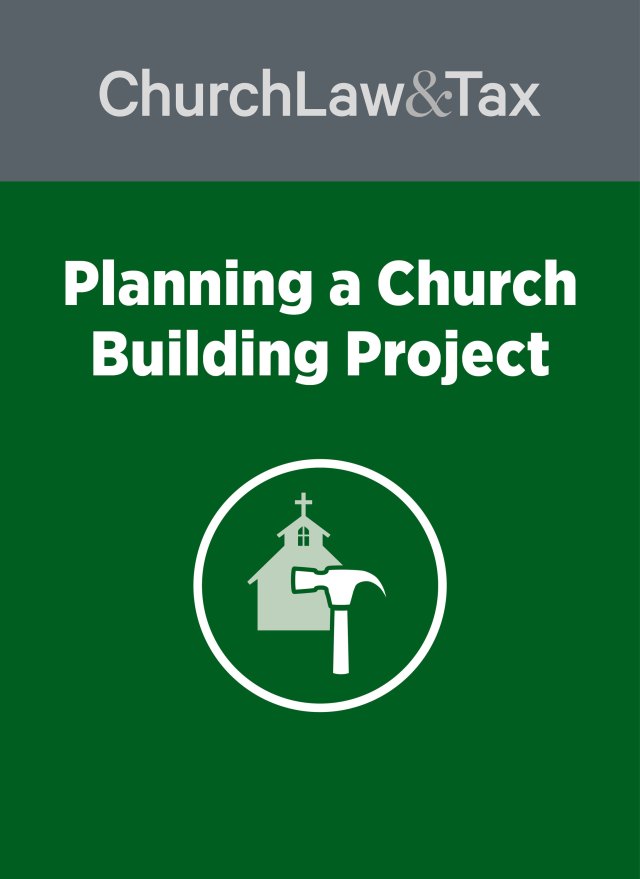Key point: Church members injured on church premises are not necessarily entitled to money damages, even if the injury was due to the church's failure to comply with a safety code.
A Minnesota appeals court concluded that a church was not responsible for injuries sustained by a member who tripped on a dark stairway. A member left a Sunday morning worship service to use the restroom, which was located in the church basement. To reach the restroom, the member had to go the church basement, cross the fellowship hall, ascend three uneven stairs, and walk down a hall. When the member went to the basement, the lights were on and she had no difficulty reaching the restroom. However, when she left the restroom, all the basement lights were off and the basement was completely dark. The member attempted to find her way back upstairs. Although there was a light switch in the hall leading to the restroom, the member could not find it because of the darkness. When she reached the three uneven stairs that led to the fellowship hall, she tripped and sustained serious injuries.
The member later sued the church, alleging that her injuries were caused by the church's negligence. She relied on a state fire code requiring all exits to be illuminated when a building is occupied. A jury agreed that the church was responsible for the woman's injuries, and the church appealed.
A state appeals court reversed the trial court's decision, and ordered a new trial. The court agreed that the state fire code requires exits to be illuminated when a building is occupied, but it concluded that this could not be a basis for finding the church negligent. It observed:
"It is well-settled law that in an action for neglect of duty, it is not enough for the [victim] to show that the defendant neglected a duty imposed by statute, and that he would not have been injured if the duty had been performed, but that he must also show that the duty was imposed for his benefit, or was one which the defendant owed to him for his security."
The court concluded that the church's violation of the state fire code could not establish its responsibility for the member's injuries, since the member's injuries were not "a hazard against which the fire code was designed to protect."
The court emphasized that the fire code was designed to prevent fires rather than to prevent falls, and accordingly it could not be used to establish the church's negligence. Further, the court noted that "evidence of the church's negligence was minimal. [The member] did not establish that the lights were turned off by a person for whose negligence the church could be held vicariously liable." As a result, the court reversed the trial court's decision, and ordered a new trial. Thies v. St. Paul's Evangelical Lutheran Church, 489 N.W.2d 277 (Minn. App. 1992). [PCL12B]
See Also: Premises Liability



